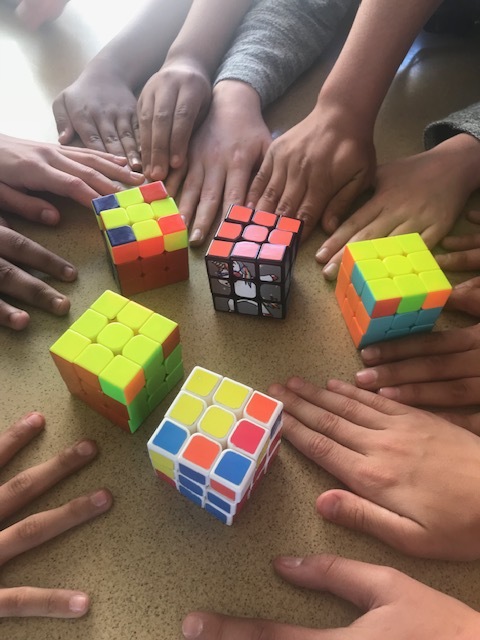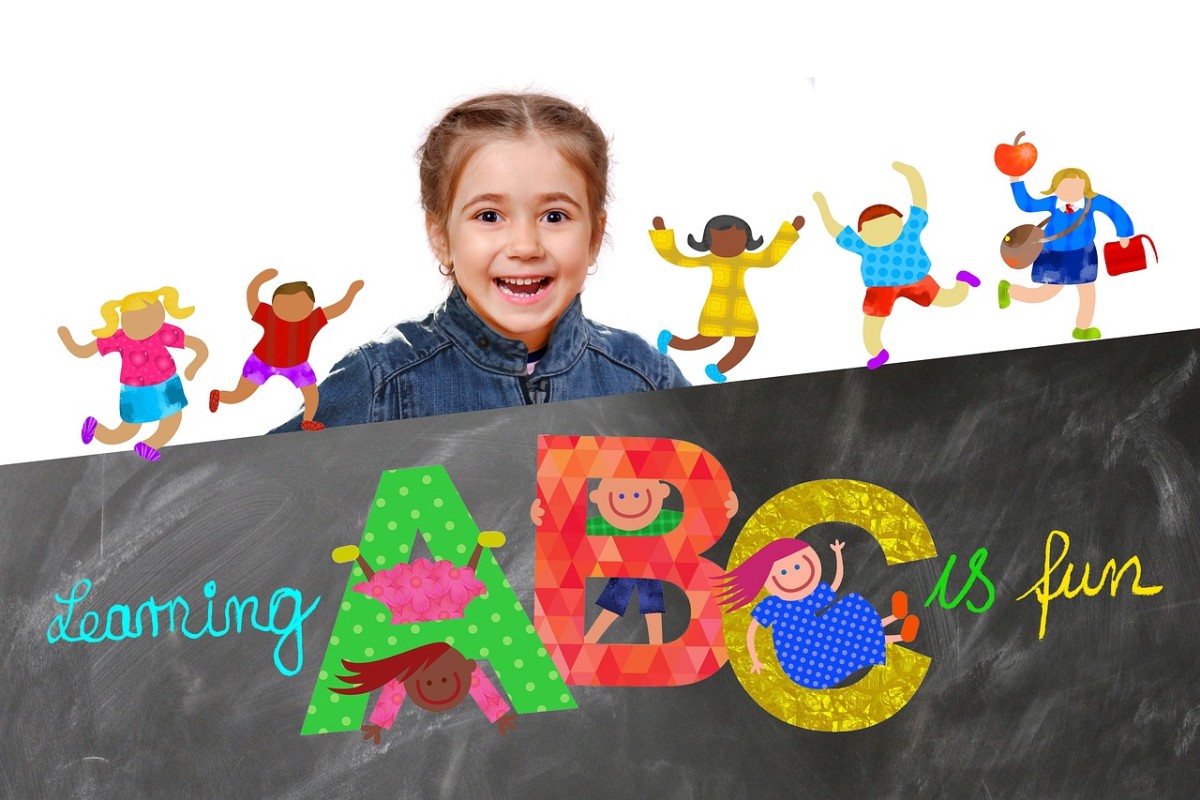Challenges Face Teachers in America
Discipline has Changed

25 years ago, when a student entered the classroom there was definitely a different feel than there is today. Many people would say that in the past things were better and school kids were more respectful and learned more. This is simply not supported by the facts. The suspension rates for all students has dropped tremendously since the latter years of the 20th century. School violence, with the exception of the horrific school shootings we have all seen, has diminished tremendously. People are generally better at behaving than they once were. Part of this is due to the fact that when an incident does occur, it is very likely that it will be videotaped and aired to the judgement of the world. Students are aware of this as well and take great pains to make certain that their behavior does not get them identified in a negative fashion, which could have a bad effect on their ability to socialize and be popular on social media. Nobody wants to be a pariah in the eye of the public.
Teachers no longer exert control through fear. They are trained to be engaging, set standards, and be consistent with their students. This is not easy, and not every teacher is capable of doing this effectively over the long haul. It requires a strong personality to be an effective teacher, who is comfortable in the position. This is why nearly 40% of all new teachers leave the profession within the first five years. Most do this voluntarily and a small percentage are asked to leave. Some adults have a very difficult task when it comes to showing mutual respect to a student who may not entirely deserve that level of respect. It is challenging for some people to see the good in every student and realize that the job is not just to teach them the skills of academics, but also to help them become more socially and emotionally intelligent, so that they can function in the real world.
The new discipline consists of positive behavior supports mixed with consistent discipline that is progressive for inappropriate behaviors. Teaching is about relationships and it is important that teachers generate positive relationships with families as well as students. It is a partnership between the home and school that is the catalyst for educational success for all students.
Technology and School
In this new age of technology and a connected culture, our young digital natives are often times more technically capable than the teachers who are there to educate them. We must ask ourselves some fundamental questions about technology.
- Is the use of technology going to enhance or detract from a lesson?
- If I teach this with technology will the student be able to replicate it without the technology available?
Most of us use technology in our everyday lives to a great extent. Businesses rely on technology to store, transfer and logically organize vast quantities of information including financials, designs, customer information, and strategic plans. We do know that students need to be able to collaboratively work in a technological arena where problem solving is done on a large scale for financial gain. It is important that we give them the building blocks to create a strong foundation to support this notion. That being said, it is equally important that we build skills in students which give their minds the ability to think beyond the logic patterns and see new ideas and new innovations for what they are, and when they do not fit into a predictable pattern.
We teach art so that students will have the opportunity to be creative. It is tempting to convert all art to digital art, but what does this achieve? It relegates the kinesthetic learner, who learns by touch and feel to an existence that is two dimensional and lacking in depth and reality. In science we look at simulations in physics simulators and everything works according to the math. This is a panacea that has pitfalls. Once we take physics to the real world, we find that there is a difference between thinking that we have accounted for all of the forces, only to find that we did not anticipate the drag, which did not occur in a 3D simulator. Students who only use a simulation, will never find this out.
Do we show students pictures of giant redwood trees or do we take them to go and see the behemoth with their own two eyes and watch them become awestruck by the sheer reality of the mass? We can become an educated society, but if we are not careful our students will become too dependent on simulated connections, rather than real ones. This is a huge challenge to a teacher, who is working to develop a student to be capable of problem solving and collaboratively communicating to support this.
Years ago, I was lucky enough to be able to visit Marlens and Black Studio in Malibu where they were writing the Wonder Years TV show. What I saw was a series of rooms, not unlike a home would have, with modern decor, and a combination of lounging areas and office areas. The idea was for the creative writers to be able to collaborate and talk about the work they were doing with the scripts. They did not do this remotely, but instead sat together and created something very special. Modern classrooms need to use technology, but we also need to give students the place and time to engage collaboratively, face-to-face working with engaging and thought provoking material. Digital books and curriculum make this a truly difficult proposition. Teachers are always trying to keep pace with the book, and standards to ensure a successful outcome on the high-stakes testing and this seems to take precedent.
Testing and More Testing
The new Common Core testing used by most states is a two weeks long adventure in testing. With make-up times included, the yearly assessment uses almost 10% of the entire years teaching time to assess the outcome. It is true that not the entire day is used for testing, but after students work quietly for a long period of time on a high-stakes test, they are not mentally alert enough to learn at a high-level for some time to come. This means that testing is really taking a bite out of learning.
School districts need data to understand if their students are learning and so they use short cycle assessments to determine if students are on track to be successful on the high-stakes state testing. This is done in pacing windows, and it ensures that teachers must keep pace with the curriculum maps, in order to be successful. This means that at a district glance, all students are really equal. This is just not the case in reality. Some schools have large swaths of students who are years behind in their reading, due to language barriers, or poverty issues. These students get taught on pace, and tested regularly. There has been very little success at long-term improvement in schools such as this, because students who are behind academically need more time to catch up, than students who are proficient. These are tough schools to work in and require extremely skilled teachers. Guess which teachers we send to schools that struggle with academics, language barriers, and poverty? We send our newest and least trained teachers to work in these schools with little support, other than the stress of high-stakes testing and the constant feel of failure as they compare their students lack of success against their colleagues teaching students of a higher socioeconomic status, or their own colleagues with more years and skills.
Teachers who entered the profession to make a difference in the lives of kids were generally good students when they were in school. They are heart stricken to find out who tough it can be to work with diverse populations of students who may or may not share their joy in education. They find a system of pacing and testing which does not allow them to slow things down and construct learning that is meaningful to their students. When they do build these strong lessons, the results are generally very good, but the effort it takes to do this consistently is Herculean.
You can Overcome the Challenges and Be Successful
While 40% of teachers who enter the profession leave within the first five years, the other 60% stay the course and build a career. The key to being a successful teacher is to leverage as many facets of the work as you can to build successes for your students. Time at school is finite, and you cannot easily extend the school day for every student, but if you care enough, you can be present before and after school and offer free tutoring to all of your students. Parents and student will appreciate this greatly. Work hard with your department to share lesson successes and leverage your time as group time.
Professional Learning Communities, (PLCs) are a great innovation in education brought about by Richard Dufour. This is where your time with colleague teachers is best spent looking at student work and responses to assessments, based on the lessons you have been teaching. Share everything with your colleagues. Ask for help and give help freely when you are the one with the help to give. It is empowering.
Make contact with all of the parents of your students. In the first couple of weeks of school, call every parent, and no matter what the circumstances are, have a positive phone call home. Learn something bout your student that you can share with a parent to build that empathetic relationship. If you have to call later needing disciplinary or academic help and collaboration, you will have already established that you are to be trusted. For every negative phone call you make, do five positive phone calls at the same time. This will have a tremendous impact on your students. You should reach out to parents positively, at least once every ten weeks. You want to be consistent with this to let them know you care and that this has not diminished over the time you have had them in your class.
Doing just these few things will have a tremendous positive impact on the work you do with kids. If you are reading this as a parent and wish that your child's teacher would call and be positive, then please share this with them. Let them know that you want to be their partner and help your own child to be successful. Schools that have strong parental and community support are vastly more successful than those that do not.
© 2019 Scott P Davis








